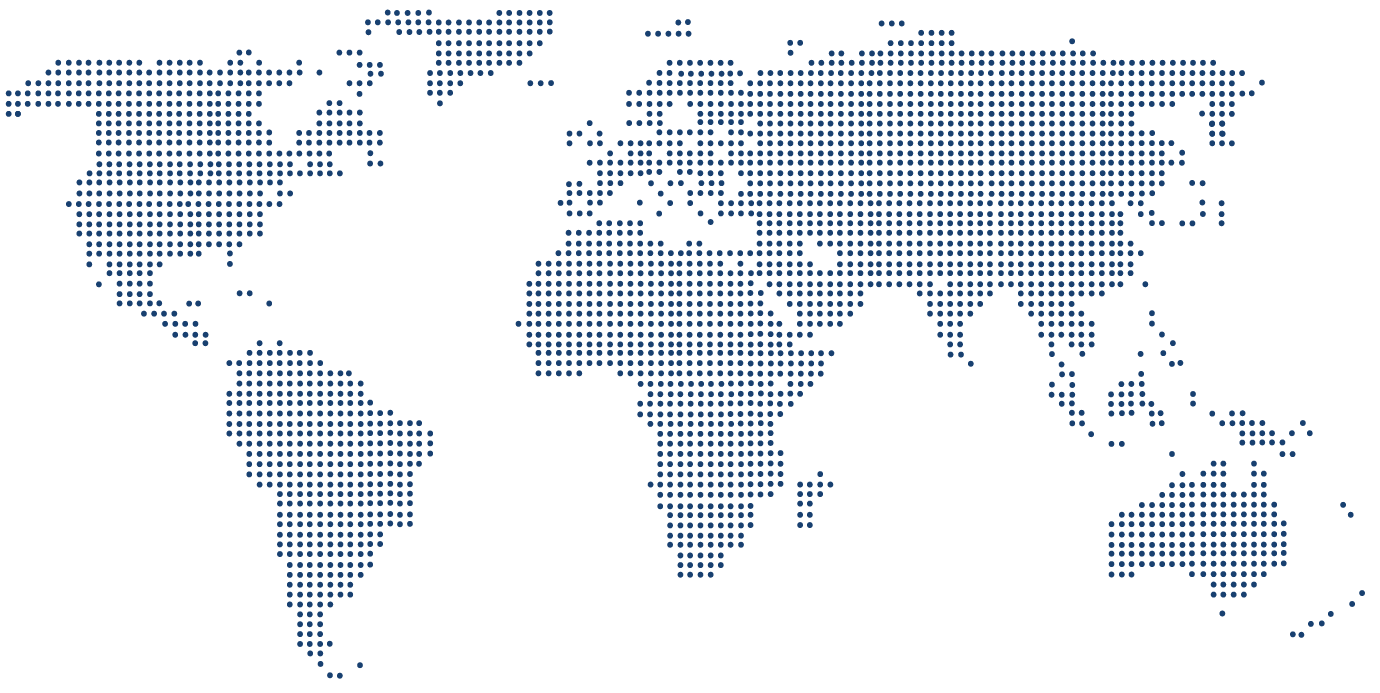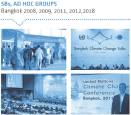CLIMATE CHANGE NEGOTIATIONS
The climate negotiation process occurs through the United Nations Framework Convention on Climate Change (UNFCCC). It aims to sets in place agreements and global frameworks such as the COP, Sustainable Development Goals, Paris Agreement and many more.
Three broad categories of action are:
- Cutting emissions.
- Adapting to climate impacts.
- Financing required adjustments.
References
Structures of United Nations
Climate Change Negotiations
From 2011 to 2015
United Nations
Framework Convention on
Climate Change (1992)
Conference of the Parties
(COP)
(Annually)
Kyoto Protocol
(1997)
Conference of the
Parties (CMP)
(Annually)
Subsidiary Bodies
(Permanent)
SB (SBI and SBSTA)
(Twice a year)
Ad-Hoc Working Group on the Durban Platform
for Enchanced Action (from 2011 to 2015)
(ADP)
(Approx. twice a year)
- Considering a new framework beyond 2020
From 2016 to 2018
UNFCCC
conference of
the Parties
(COP)
(Annually)
Kyoto
Protocol
Conference of
the Parties
(CMP)
(Annually)
Paris
Agreement
(2015)
conference of
the Parties
(CMA)
(Annually)
subsidiary Bodies
(Permanent)
SB (SBI and SBSTA)
(Twice a year)
Ad Hoc Working Group of the Paris
Agreement (from 2016 to 2018)
(APA)
(Approx. twice a year)
- Negotiations for adopting implementation
guidelines for the Paris Agreement
From 2019 onwards
UNFCCC
conference of
the Parties
(COP)
(Annually)
Kyoto
Protocol
Conference of
the Parties
(CMP)
(Annually)
Paris
Agreement
(2015)
Conference of
the Parties
(CMA)
(Annually)
subsidiary Bodies
(Permanent)
SB (SBI and SBSTA)
(Twice a year)
































